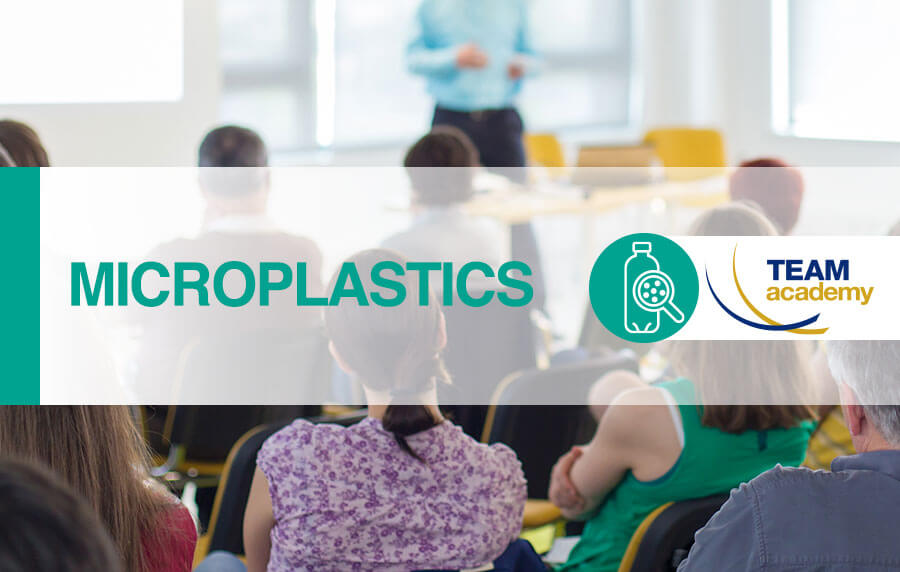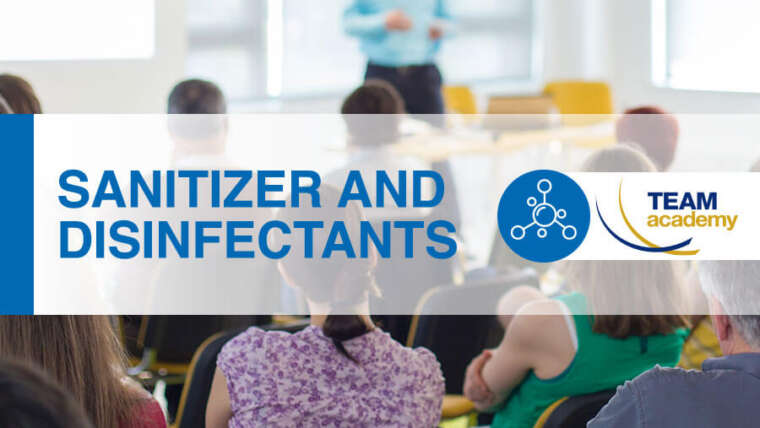Introduction:
Microplastic (SPMs) are synthetic polymeric microparticles measuring less than 5 mm in size that are neither biodegradable nor water-soluble and contain carbon atoms in their molecular structure. These particles are persistent in the environment and can vary in size, shape and chemical composition.
To determine whether a substance or mixture falls within the definition of SPM, specific tests must be performed for: particle size, solubility in water, biodegradability, chemical composition, and structure (chemical nature and the molecular structure of the polymer)
The wide use and persistence of microplastics in natural ecosystems and the food chain cause environmental and health concerns. The Commission Regulation (EU) 2023/2055 aims to reduce the release of SPMs into the environment and promotes the use of sustainable alternatives.
The regulation includes application criteria, exclusions, exemptions, and transition periods. The specific criteria for application of the regulation, the exclusions and exemptions indicated, and the timeframes within which companies must comply will be covered. Procedures for informing downstream users and ECHA about the safe use and disposal of SPMs will also be explained.
Program:
The course will focus on the following topics:
- Overview of Regulation (EU) 2023/2055
- Introduction to the problem of microplastics.
- Environmental and health impacts of microplastics.
- Objectives of the regulation.
- Definition of Microplastics
- Basic definition
- Definition according to EU Regulation 2023/2055
- Regulatory Context
- Details of Paragraph 1
- Excluded products and exceptional products
- Polymers excluded from the restriction
- Analysis of exclusions
- Difference between exclusions and exemptions
- Microparticles in derogation (par. 5)
- Products in derogation (par. 4 and 6)
- Transition periods
- Marketable products in derogation
- Products no longer allowed to be placed on the market
- Testing of Microplastics
- How to identify SPMs
- Particle size: measurement methods.
- Solubility in water: solubility test.
- Biodegradability: biodegradability assessment methods.
- Chemical composition and structure: chemical and molecular analysis.
- Communication Obligations
- Information to be communicated to downstream users.
- Method of presenting information
- Information to be communicated to ECHA
- Information to be communicated to the Competent Authorities
- Placing on the market
- Paragraph 16
- Impact on Companies
- Industrial sectors involved: cosmetics, agriculture, plant protection, biocides, detergents, industrial, pharmaceutical.
- Adjustments necessary for regulatory compliance.
- Practical example of compliance with the regulation.
- Q&A.
To whom:
This course is aimed at regulatory affairs professionals, providing the skills needed to address regulatory challenges and implement compliance strategies.
Teacher/Speaker:
Ilaria Geremia
Language:
Italian
(available in English upon request)
Duration:
2 hours
Cost:
150 €/person



